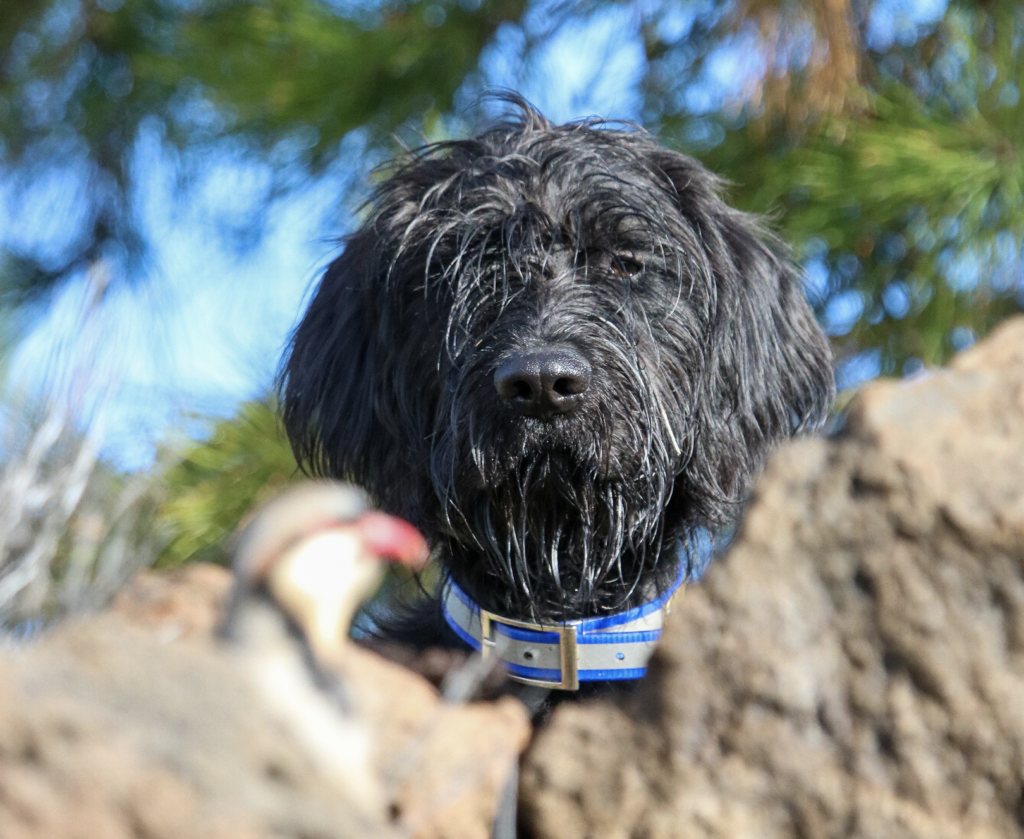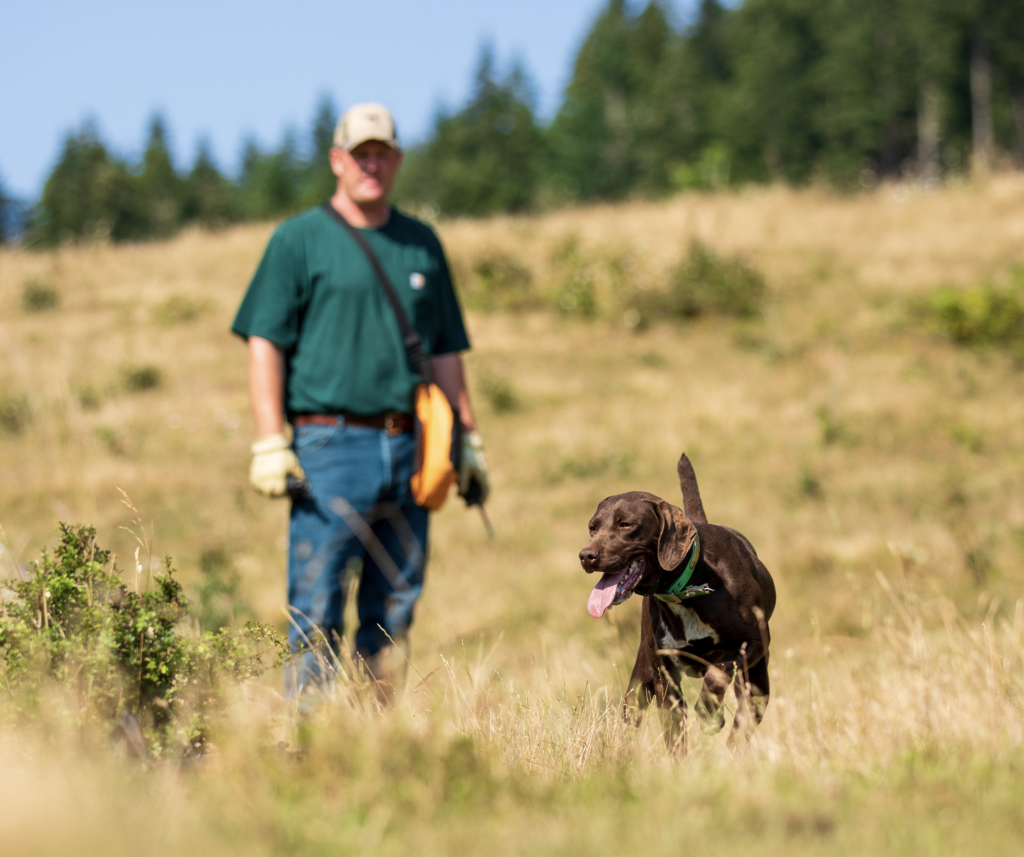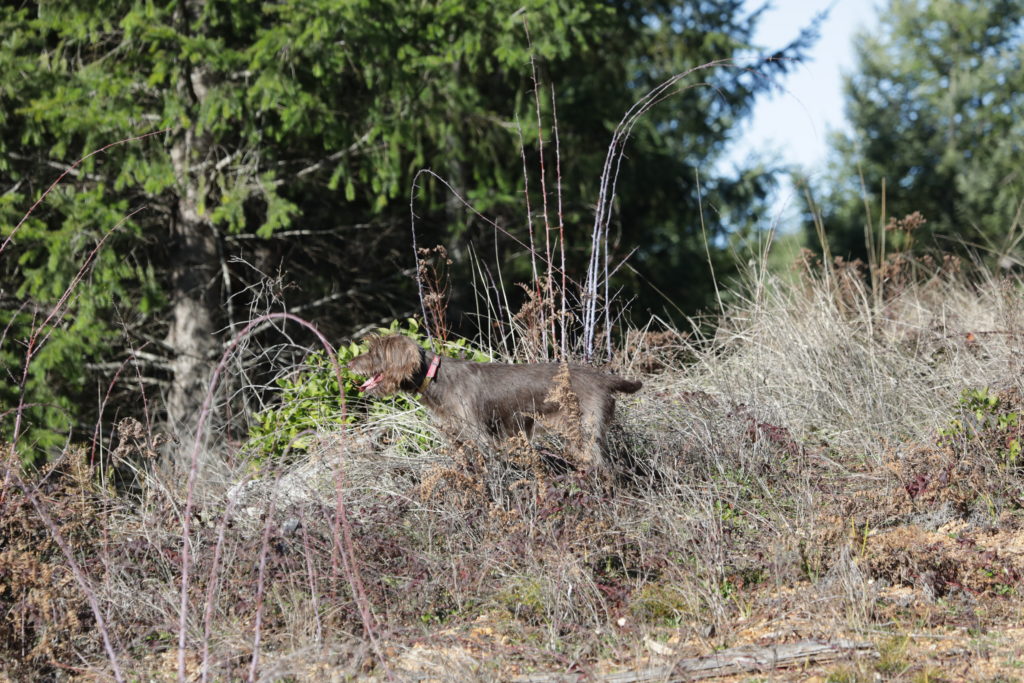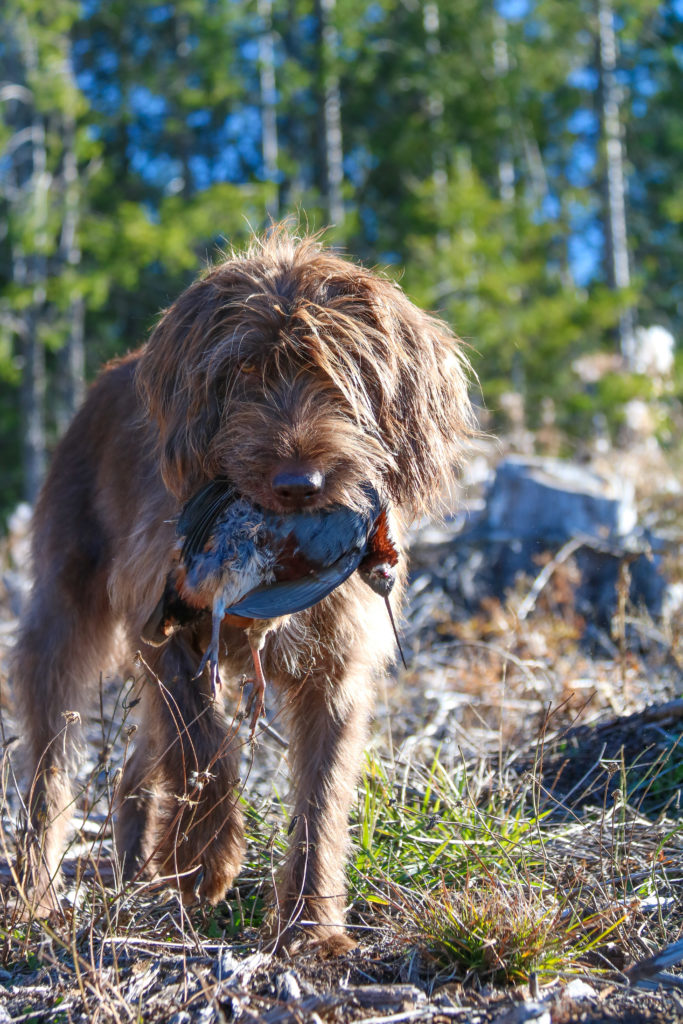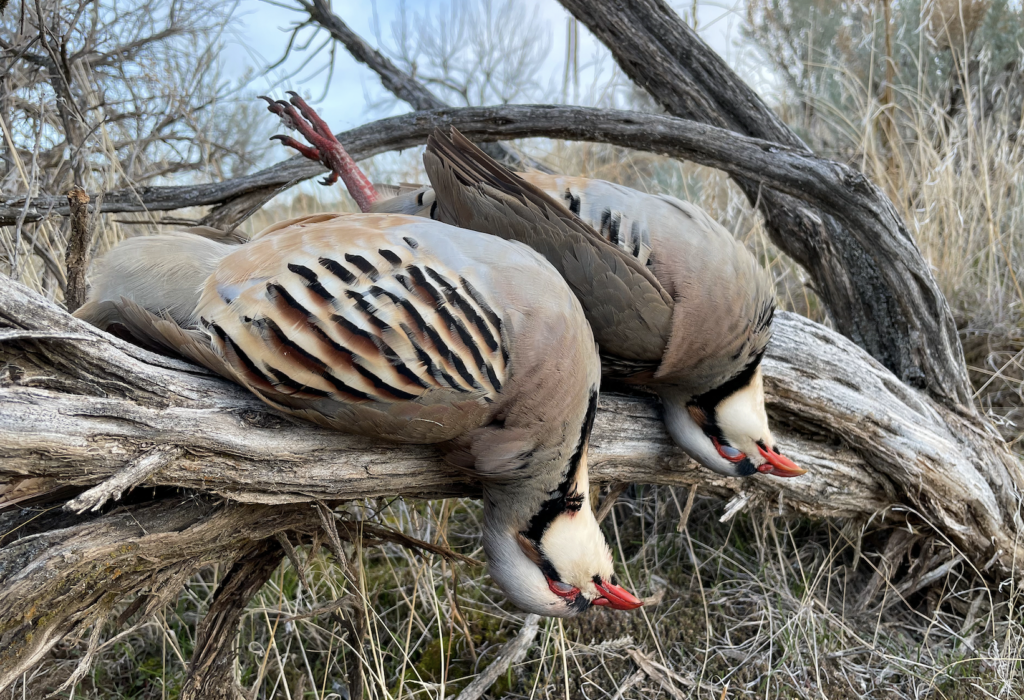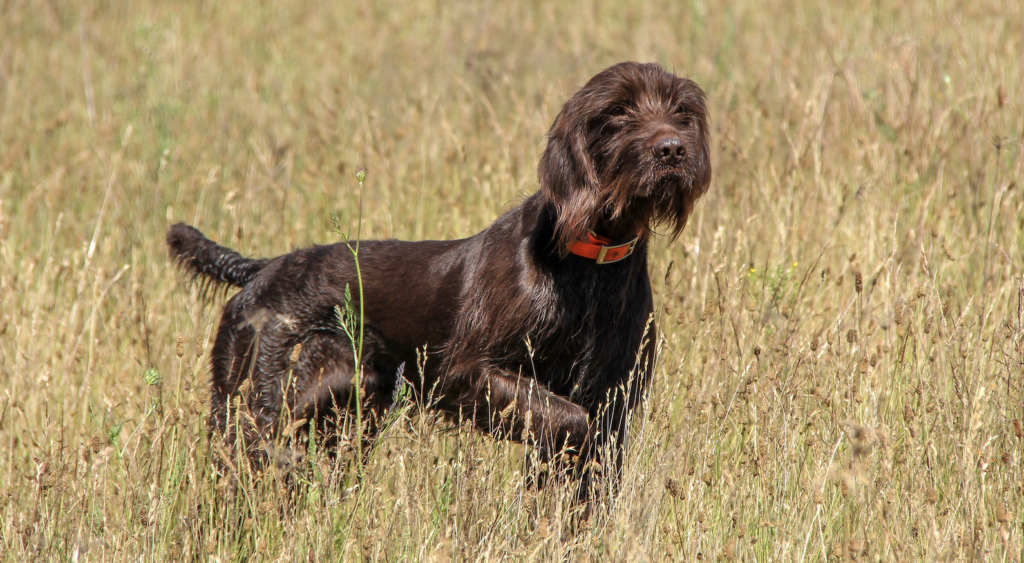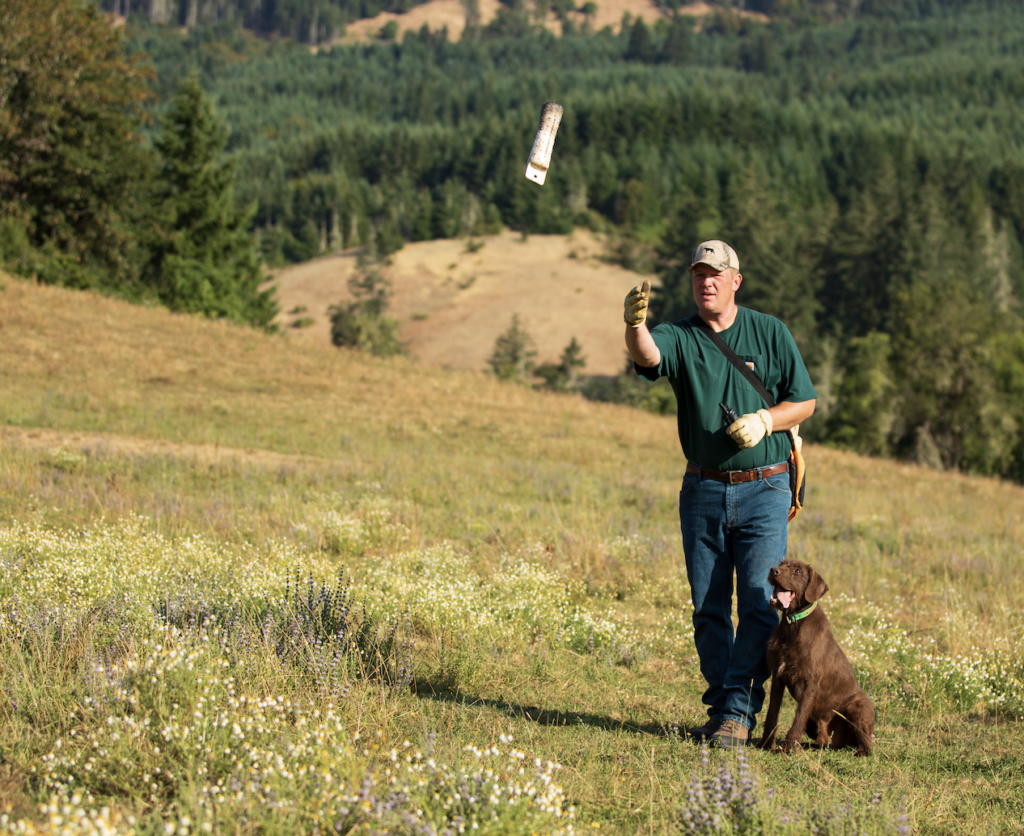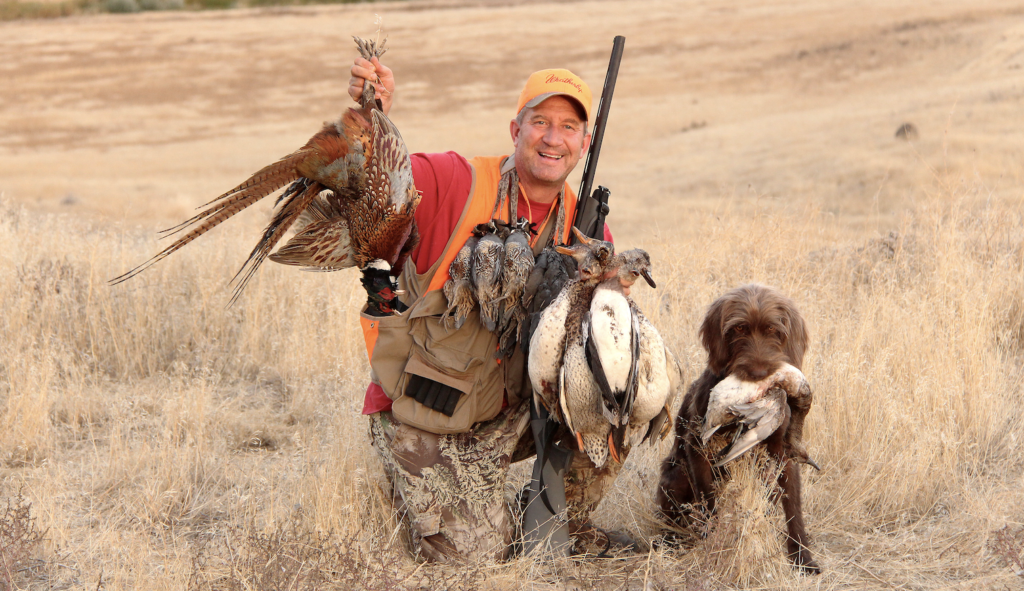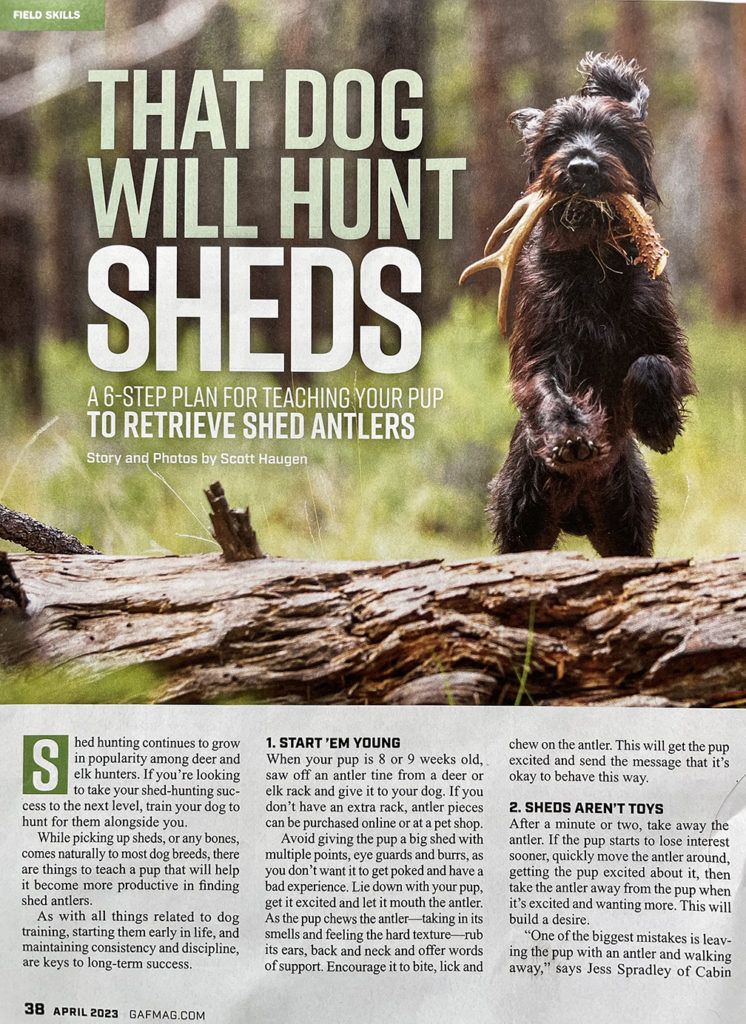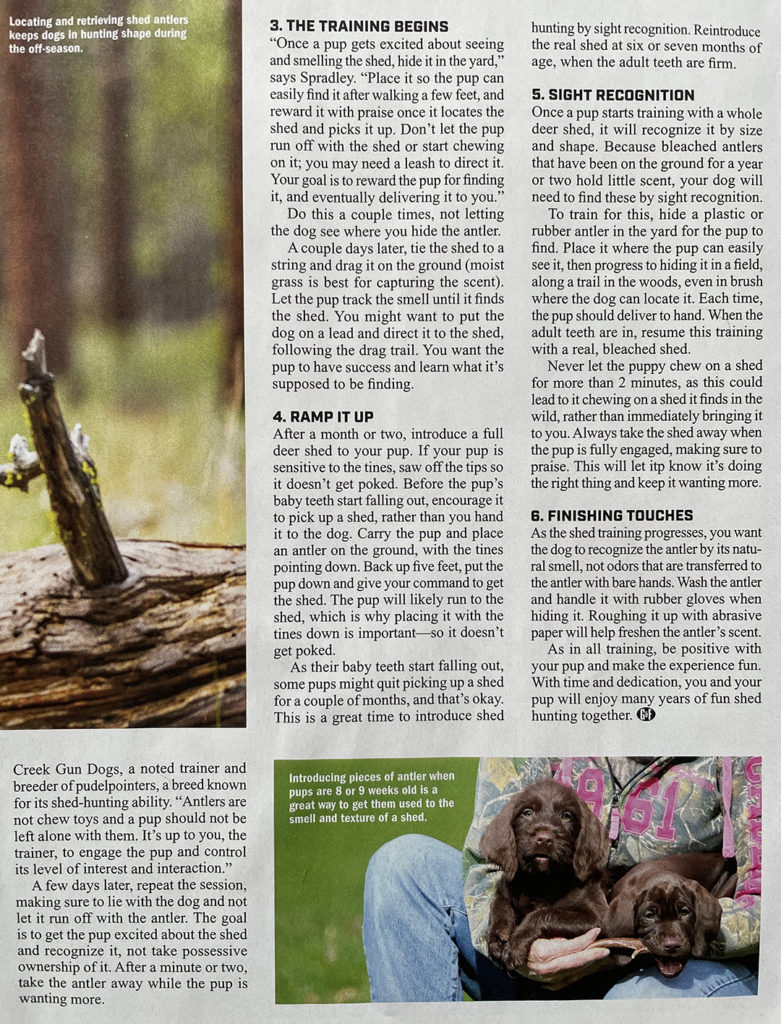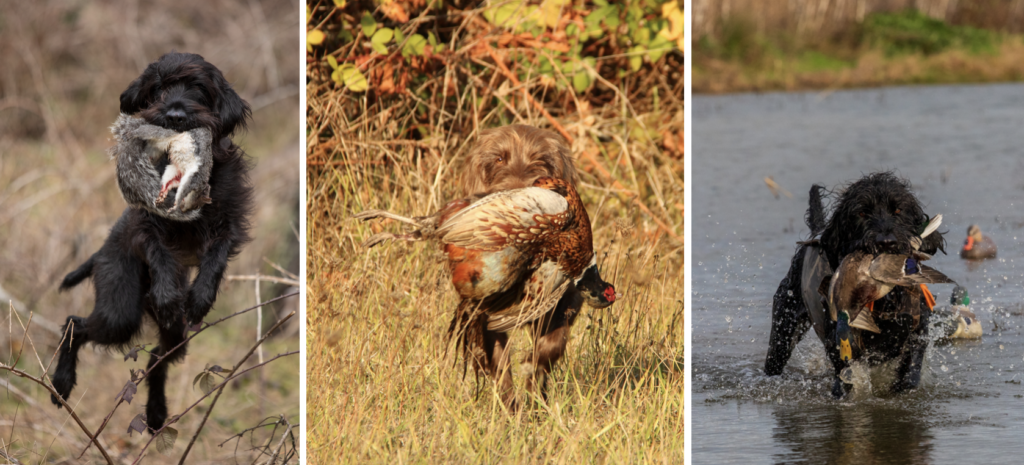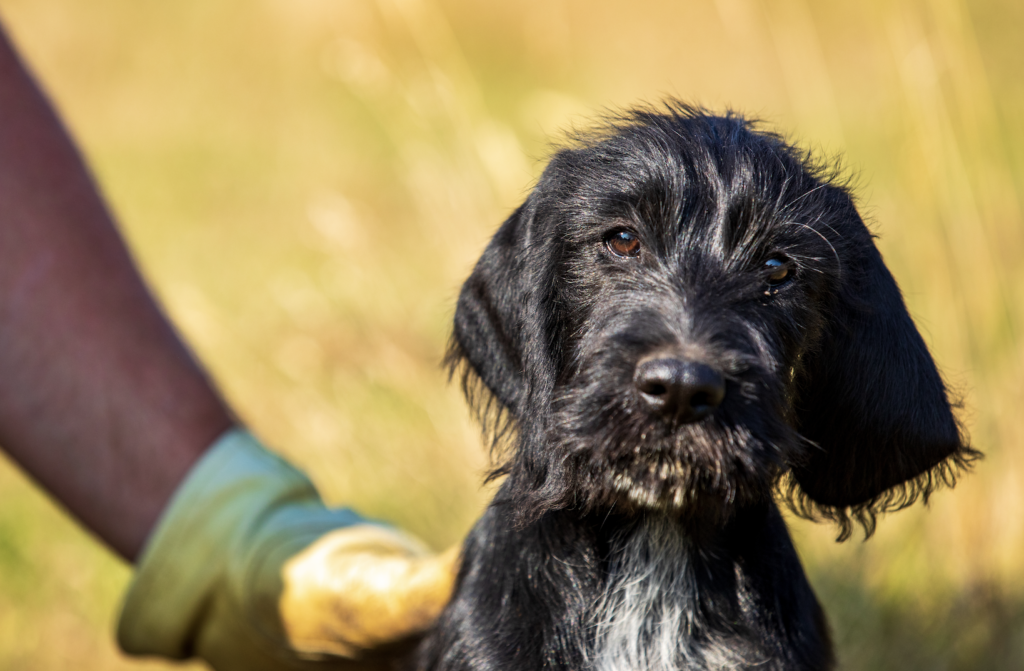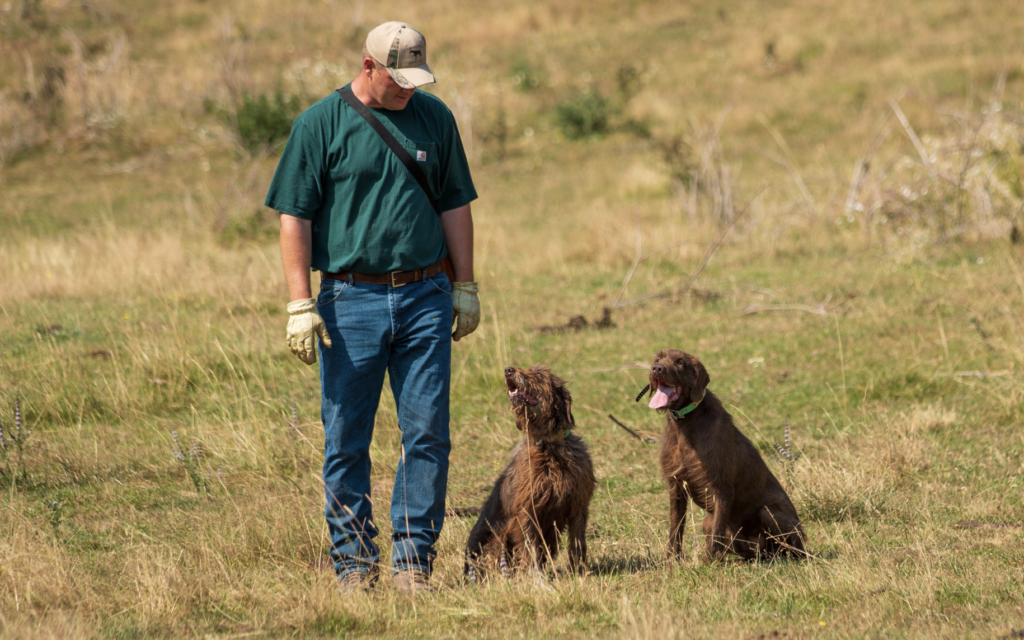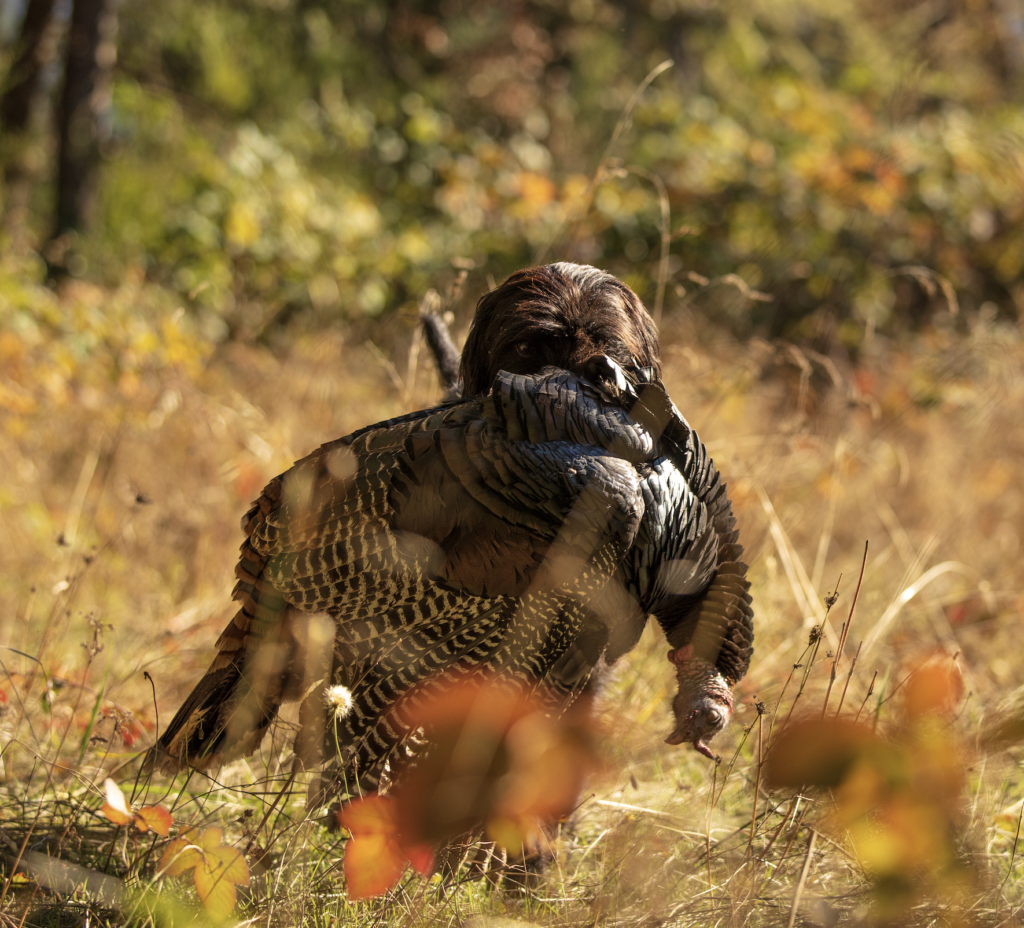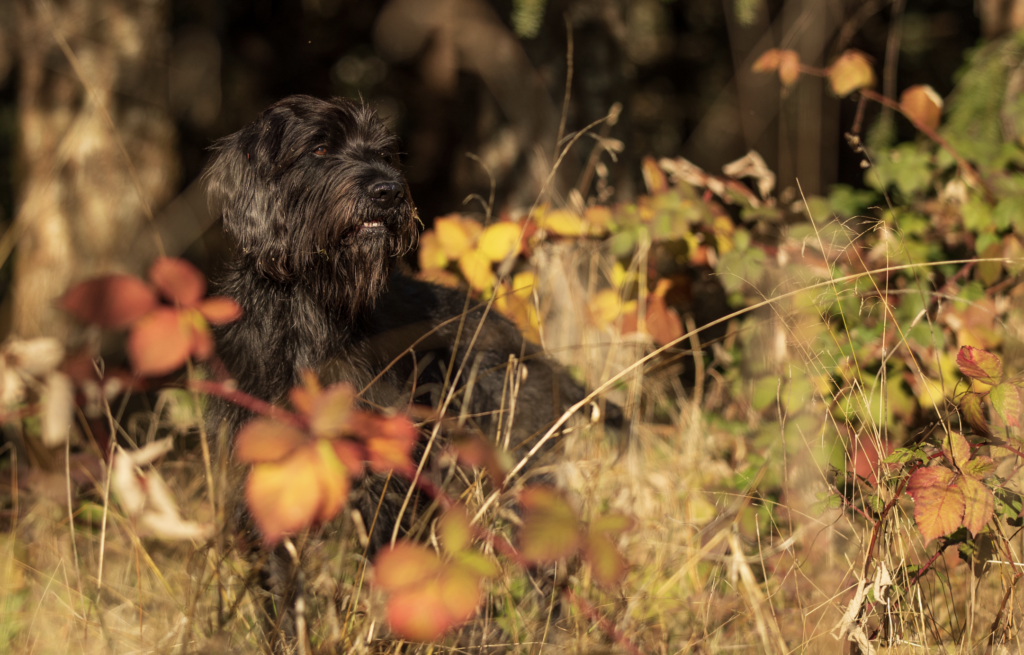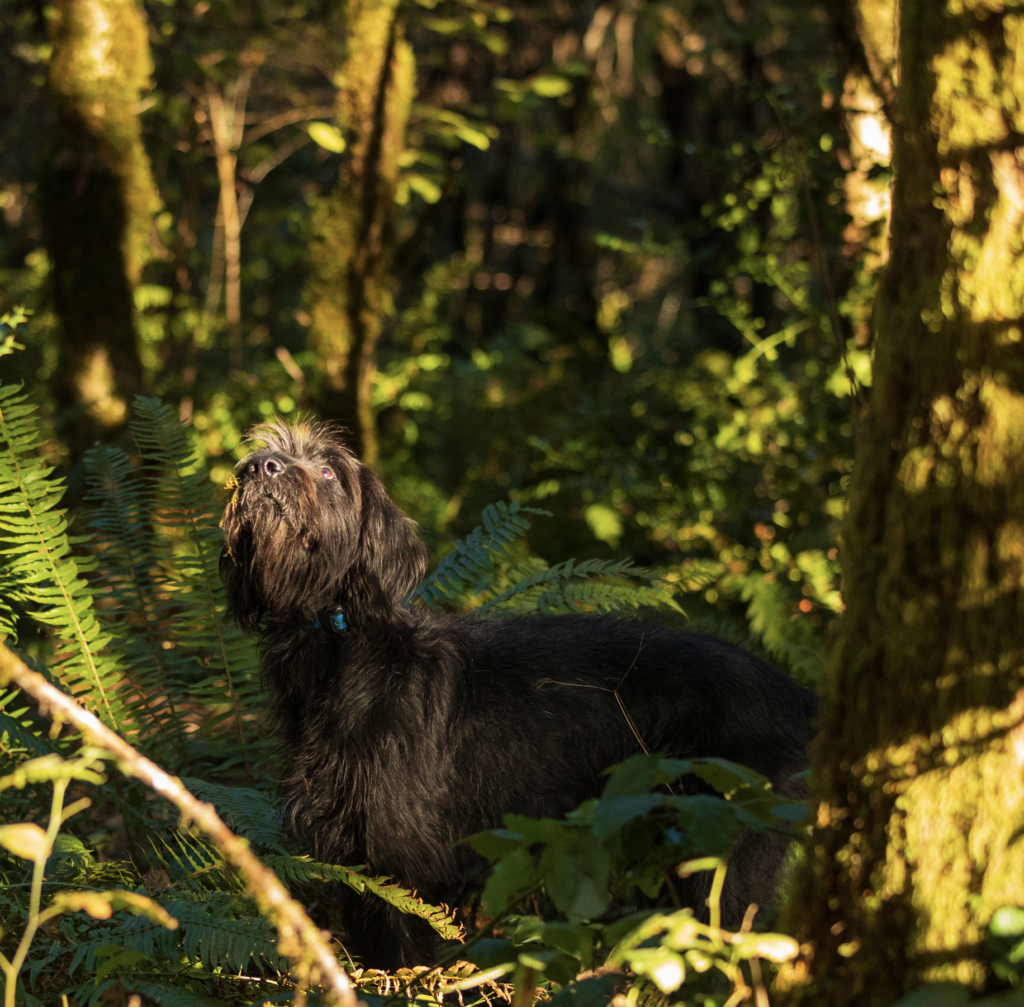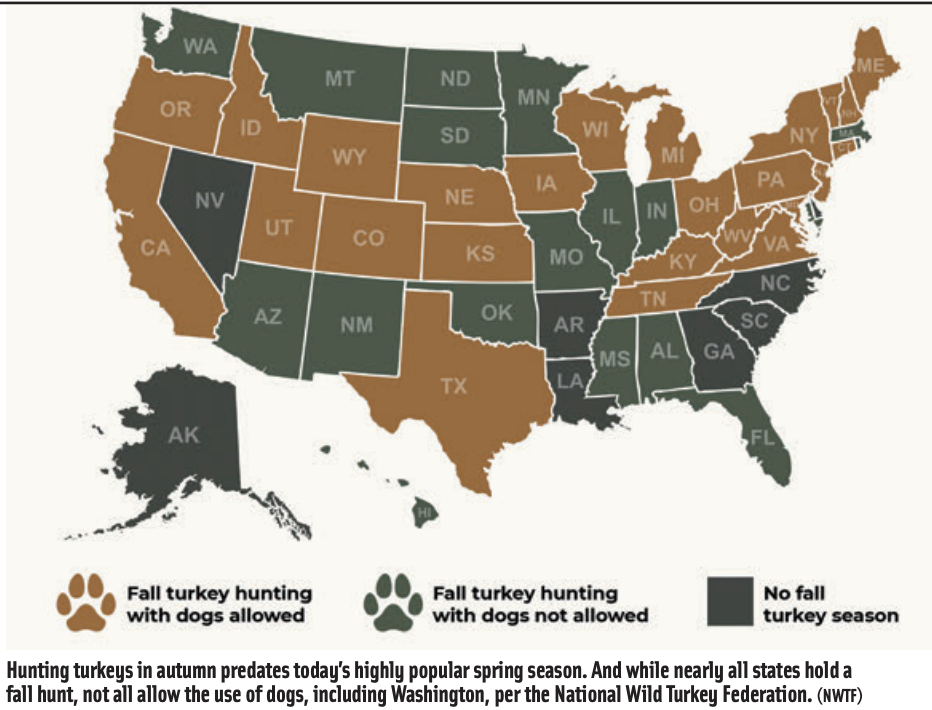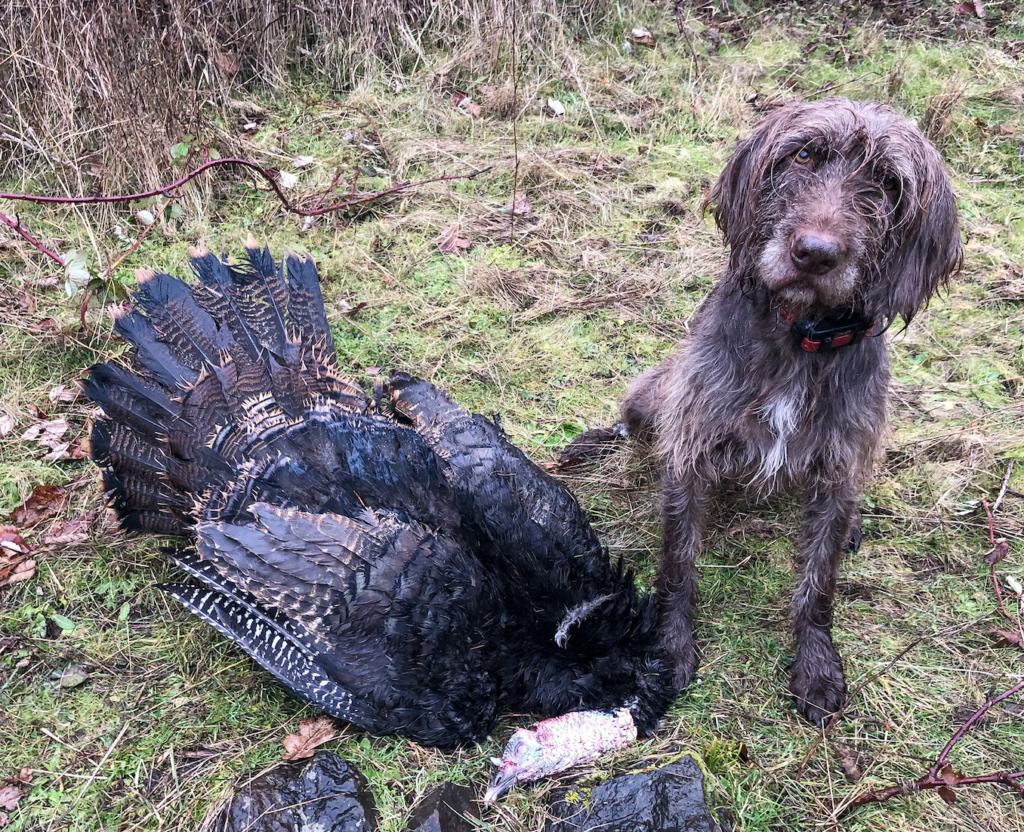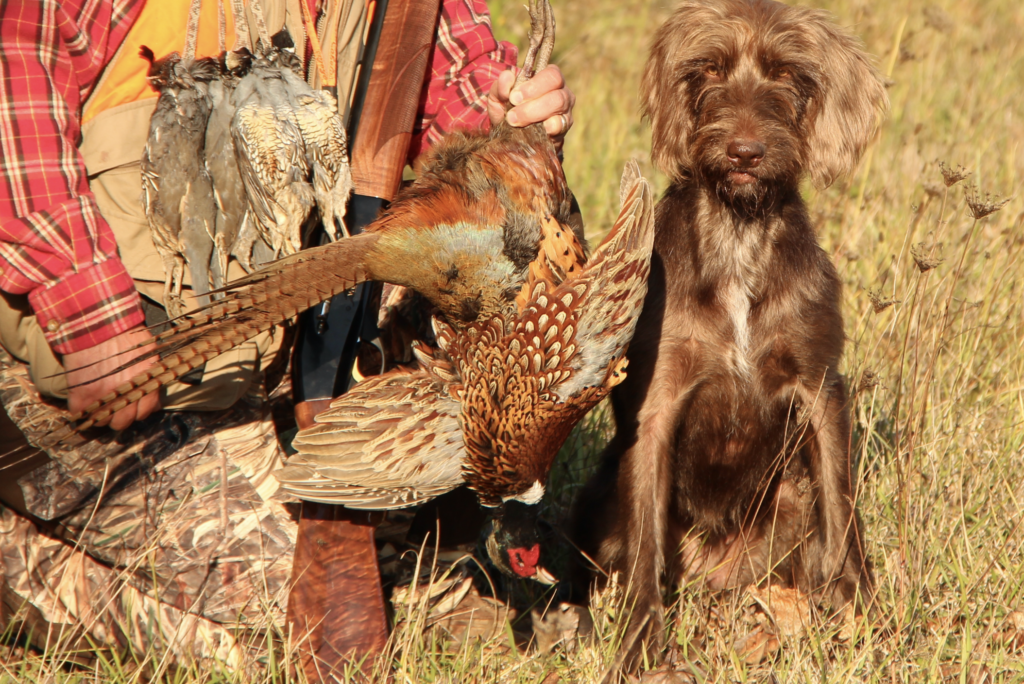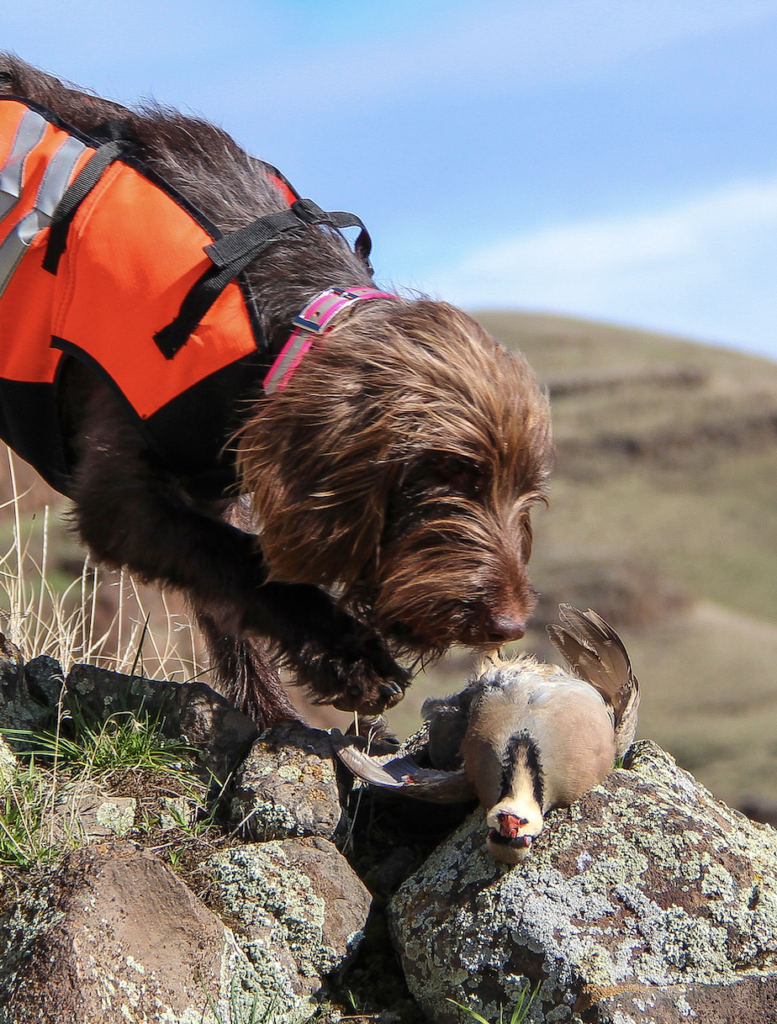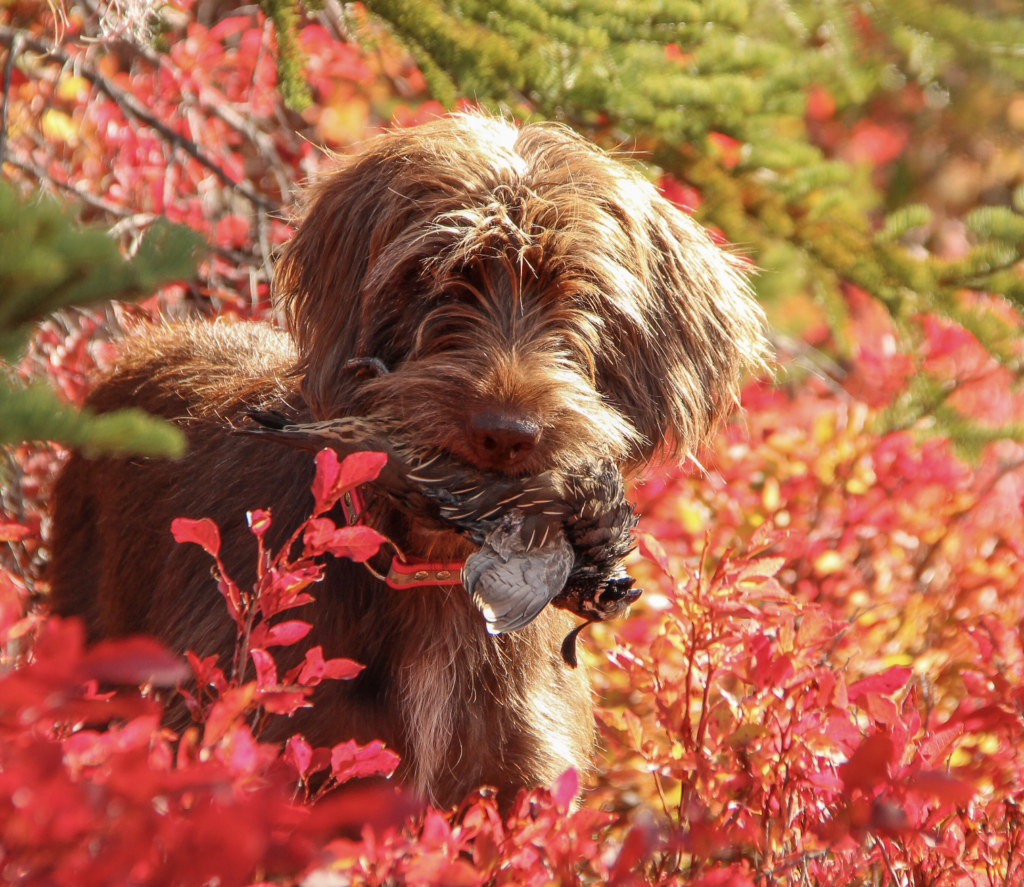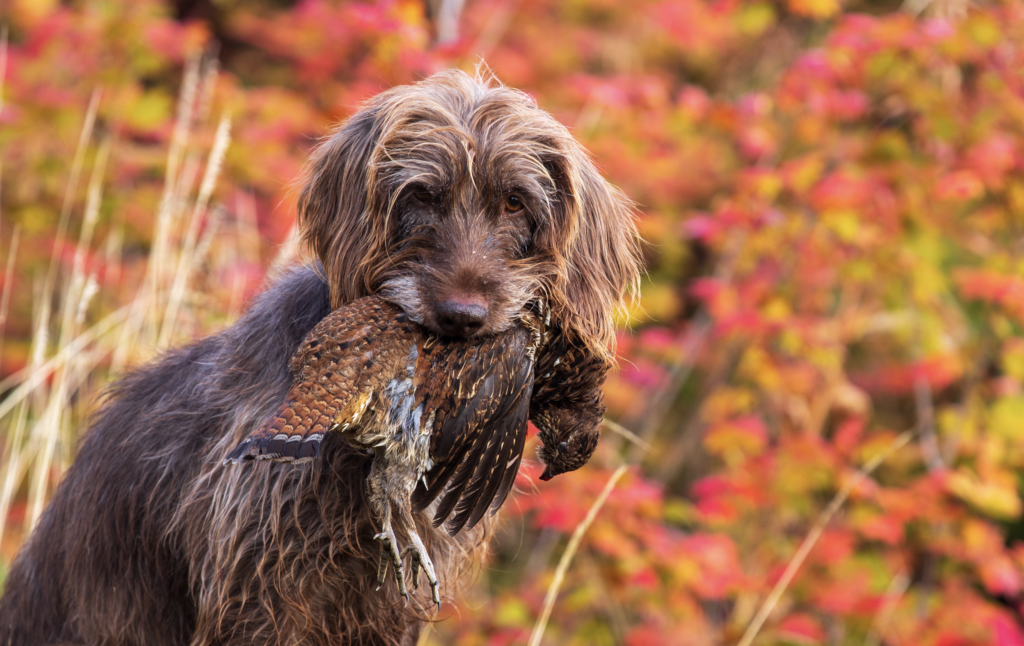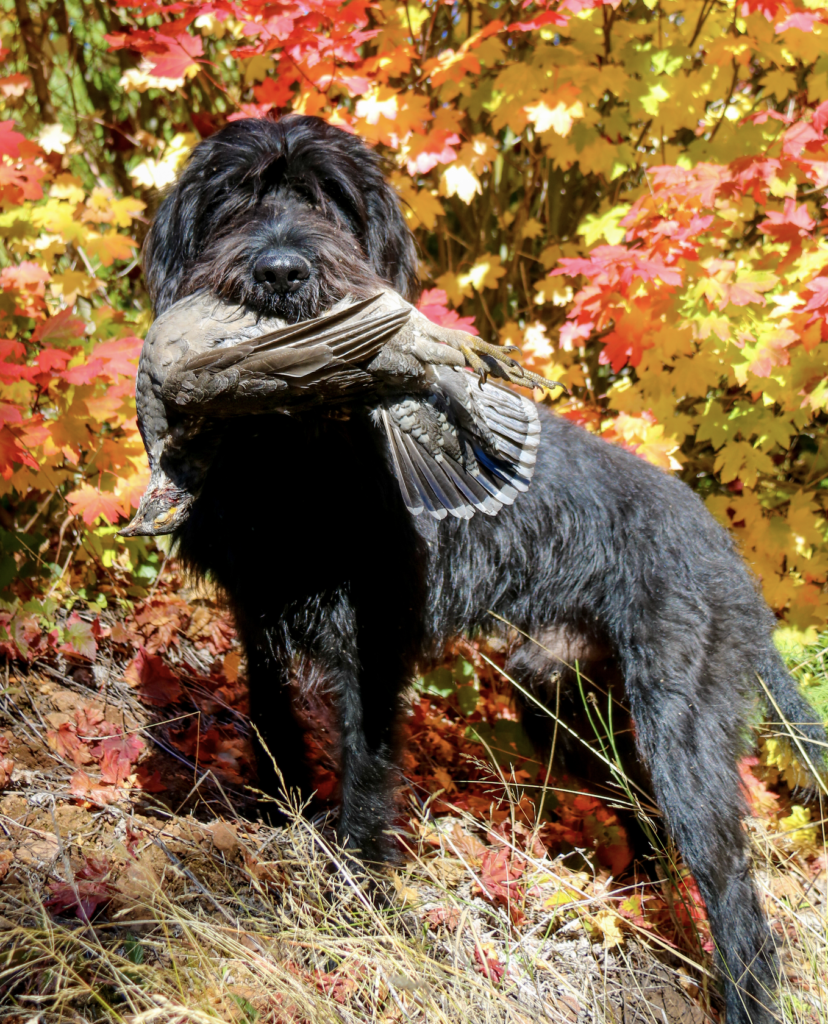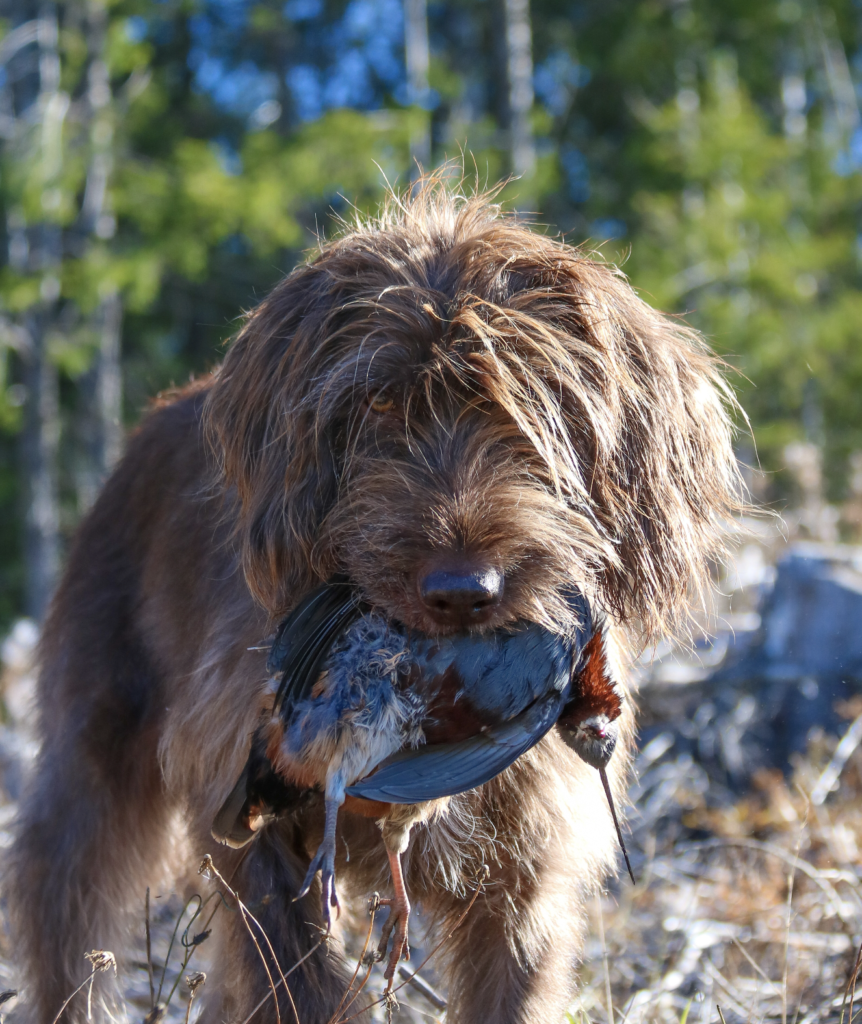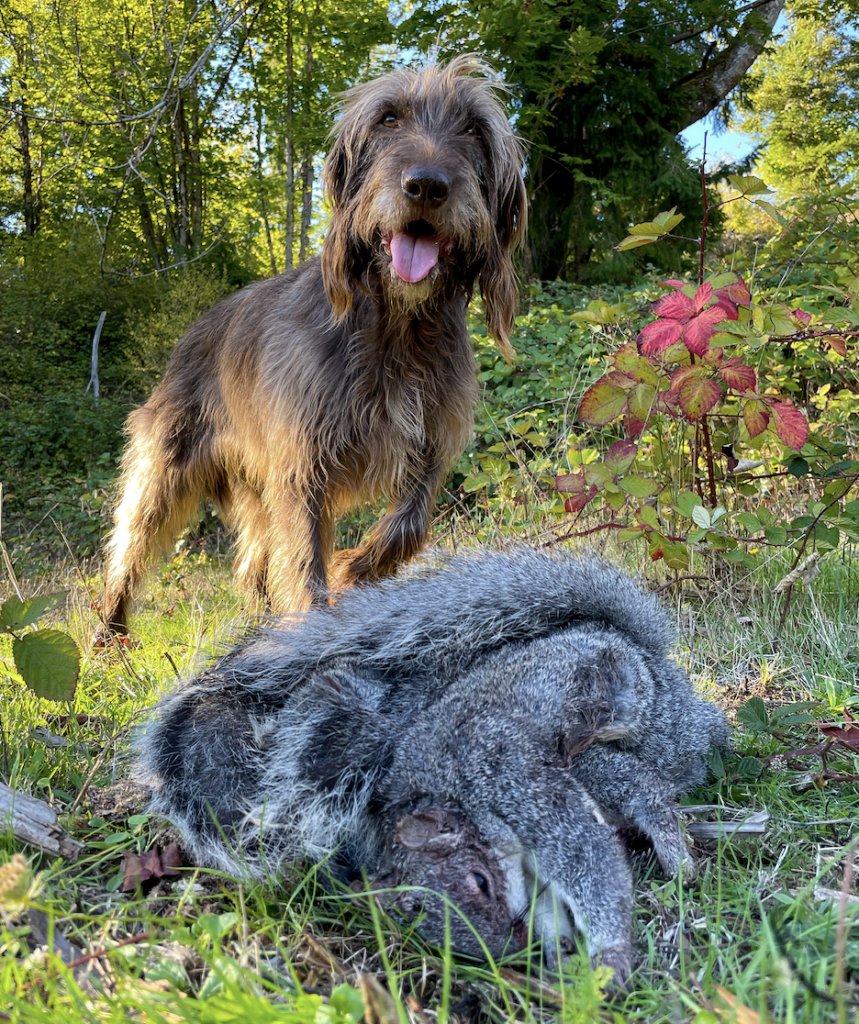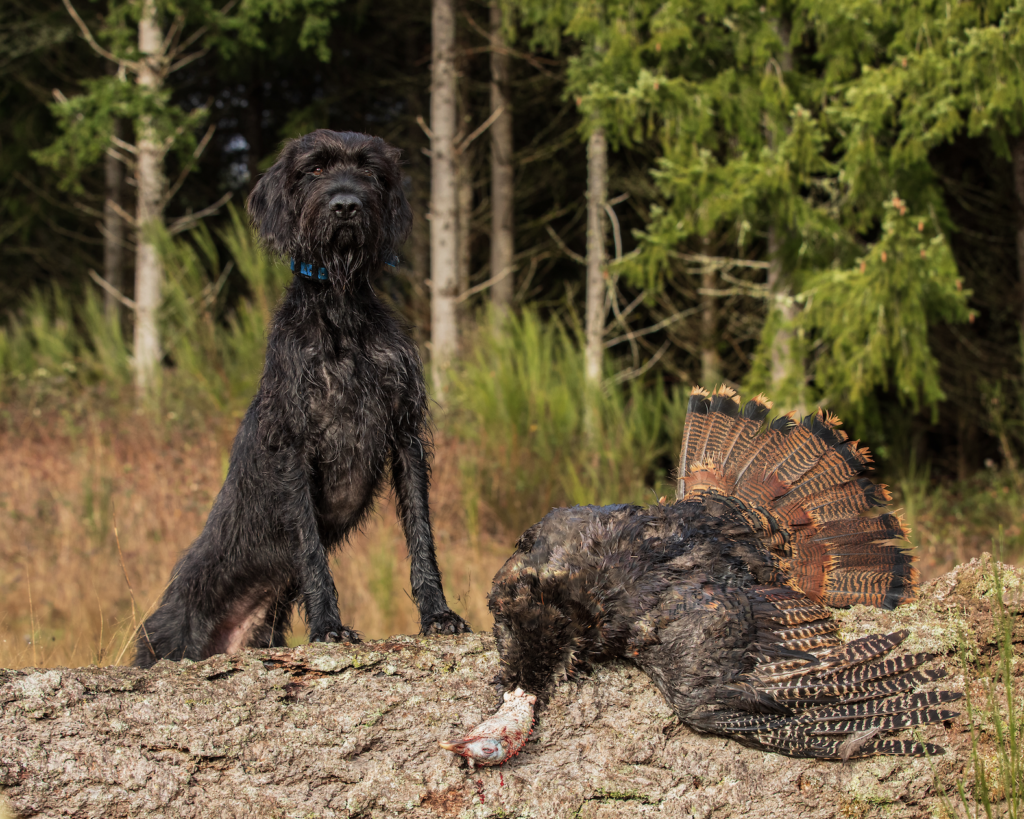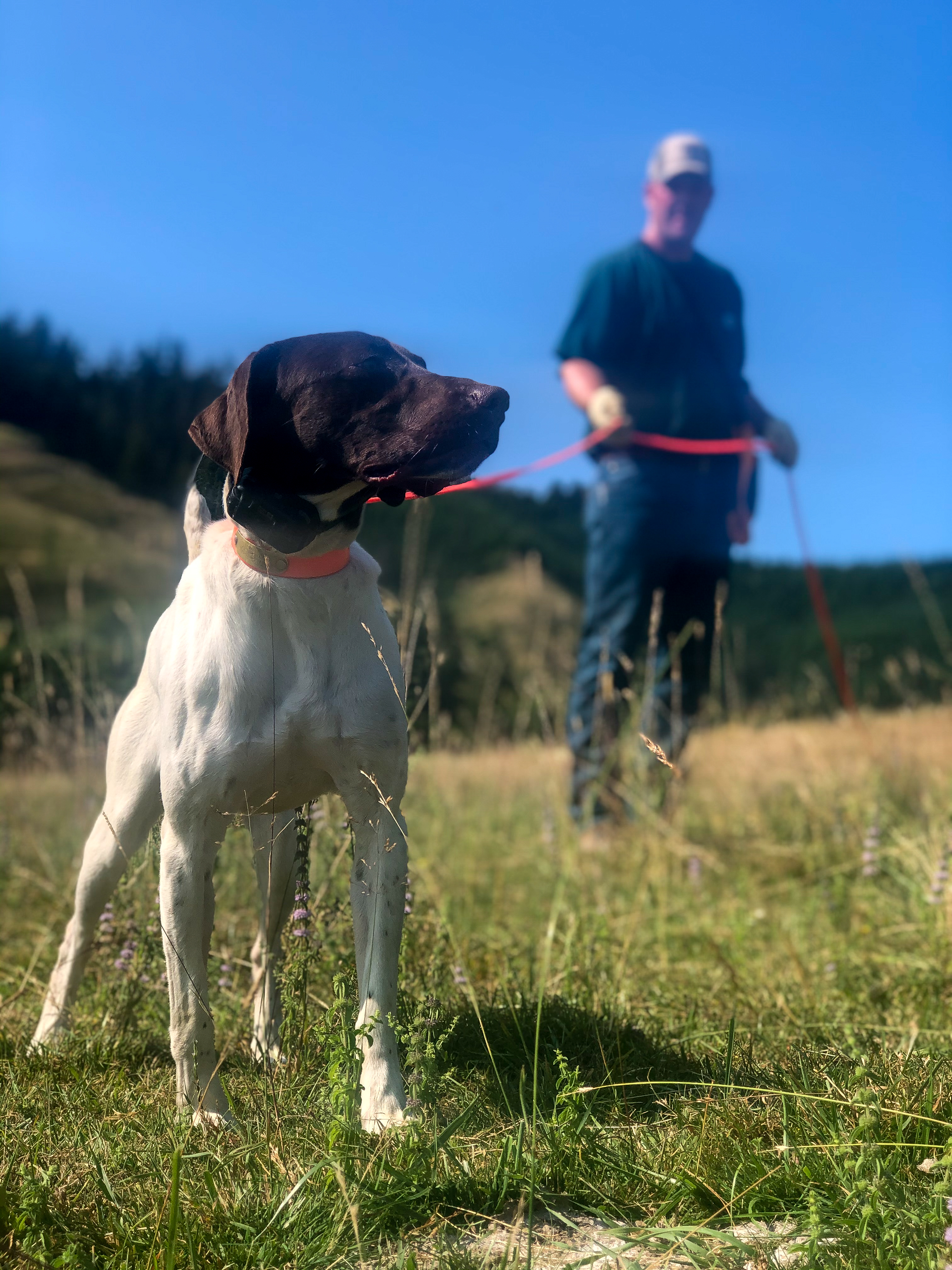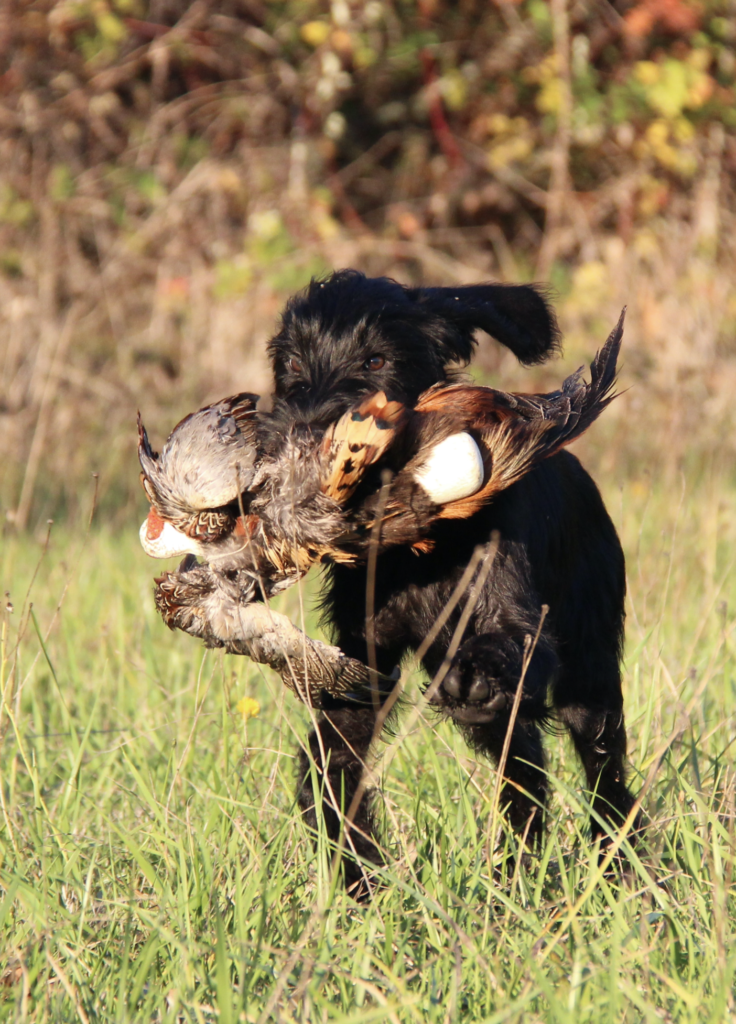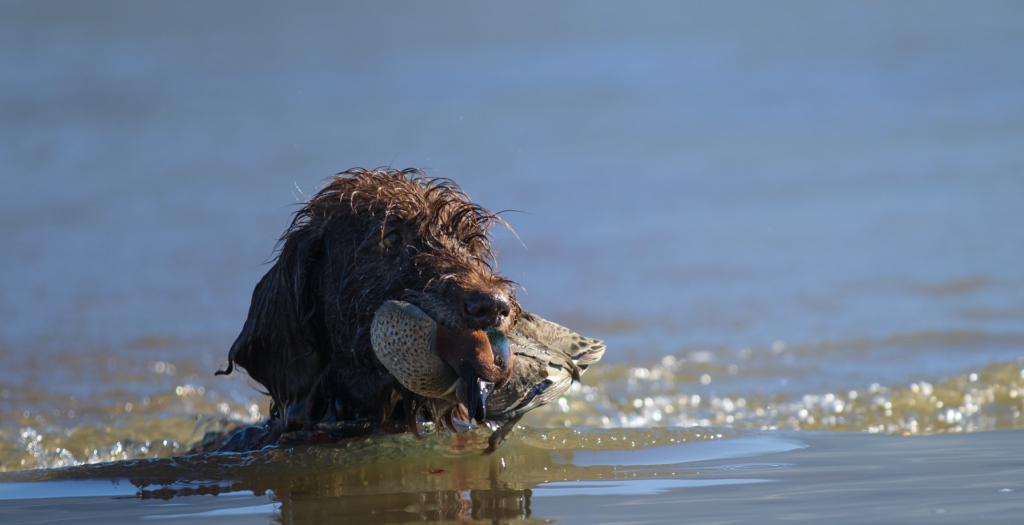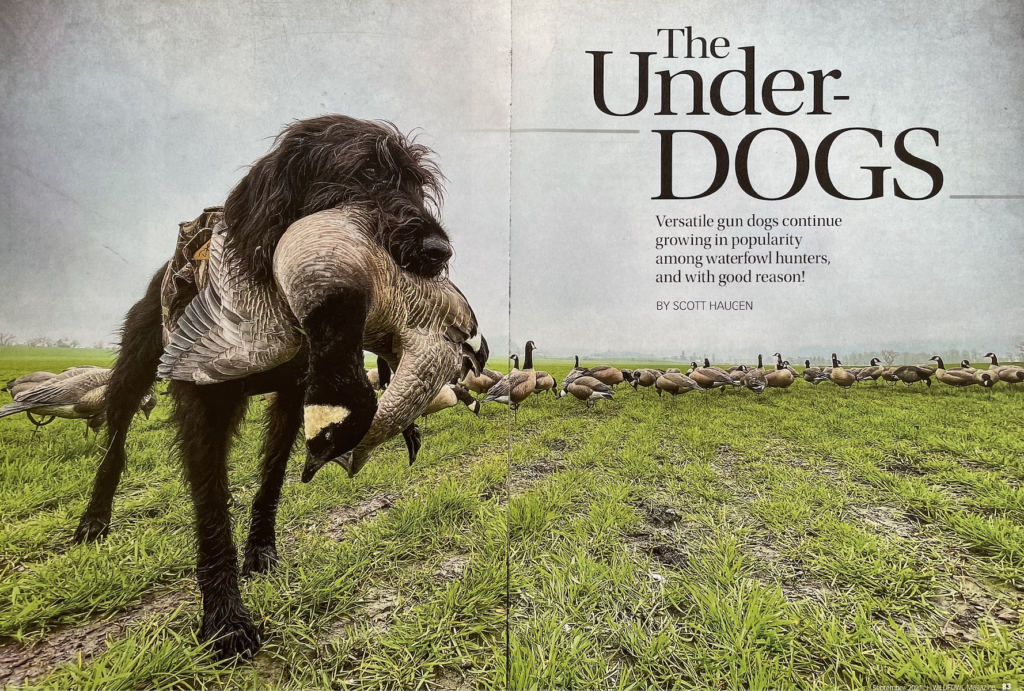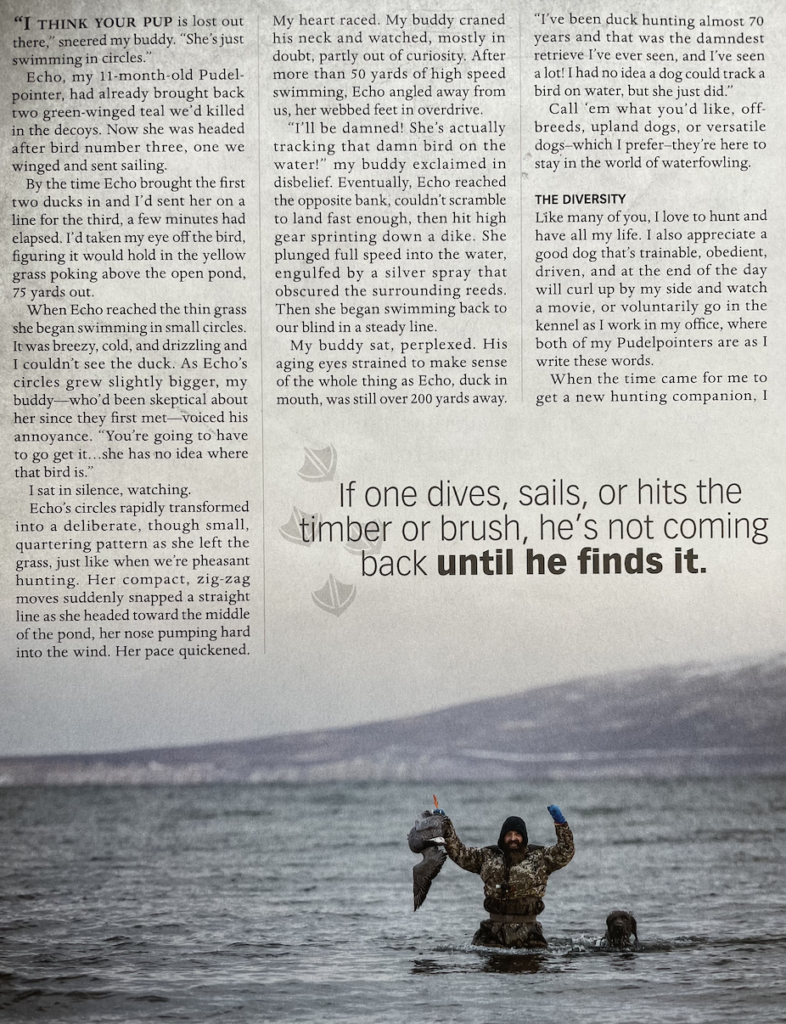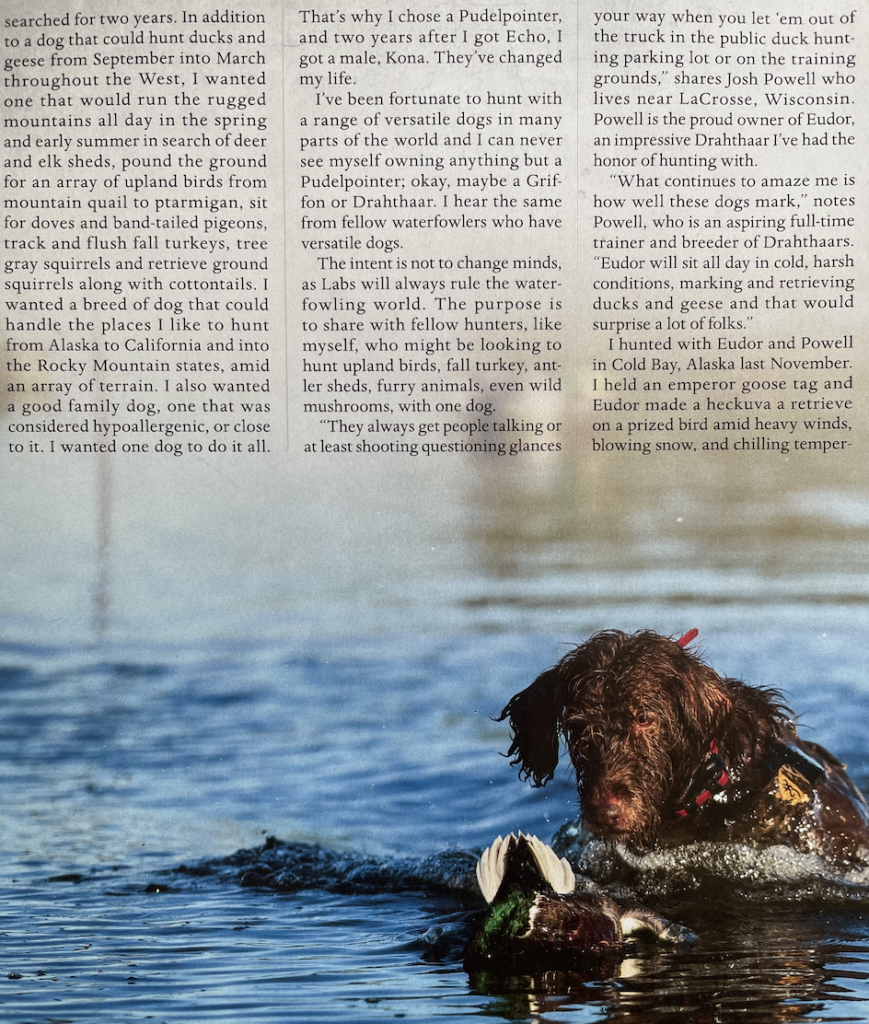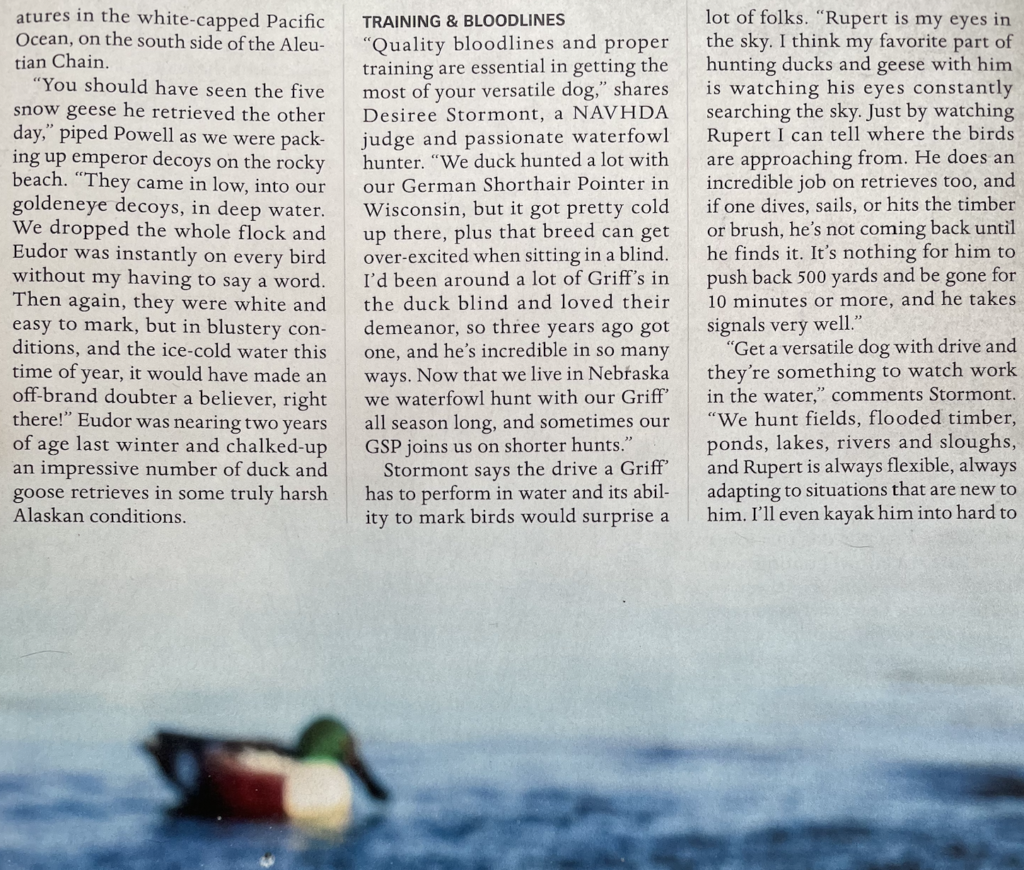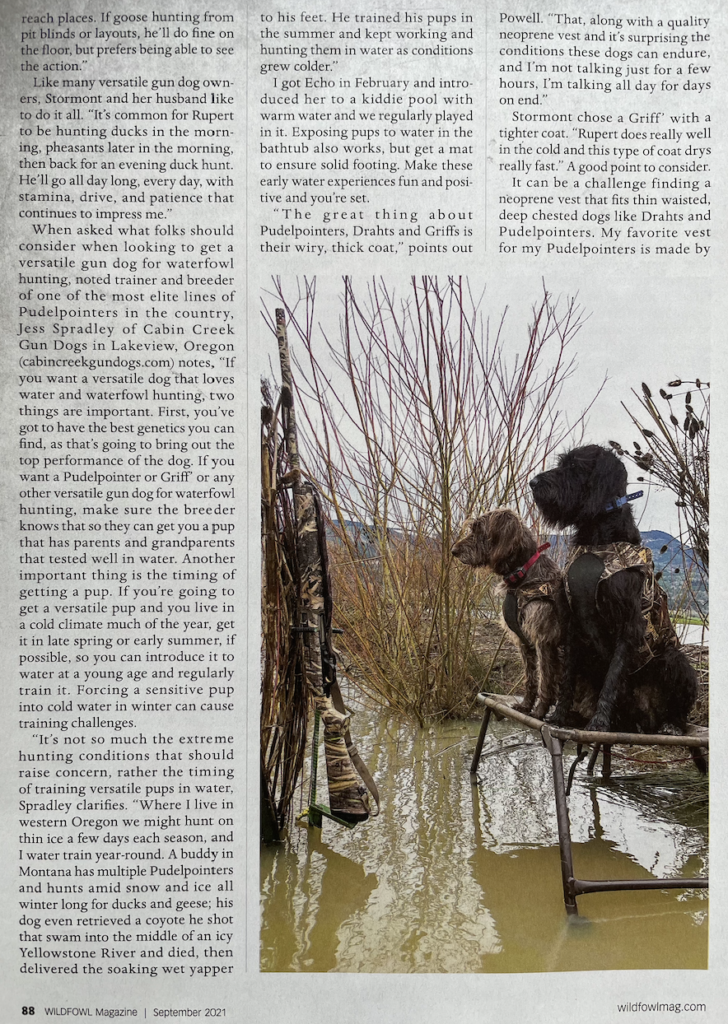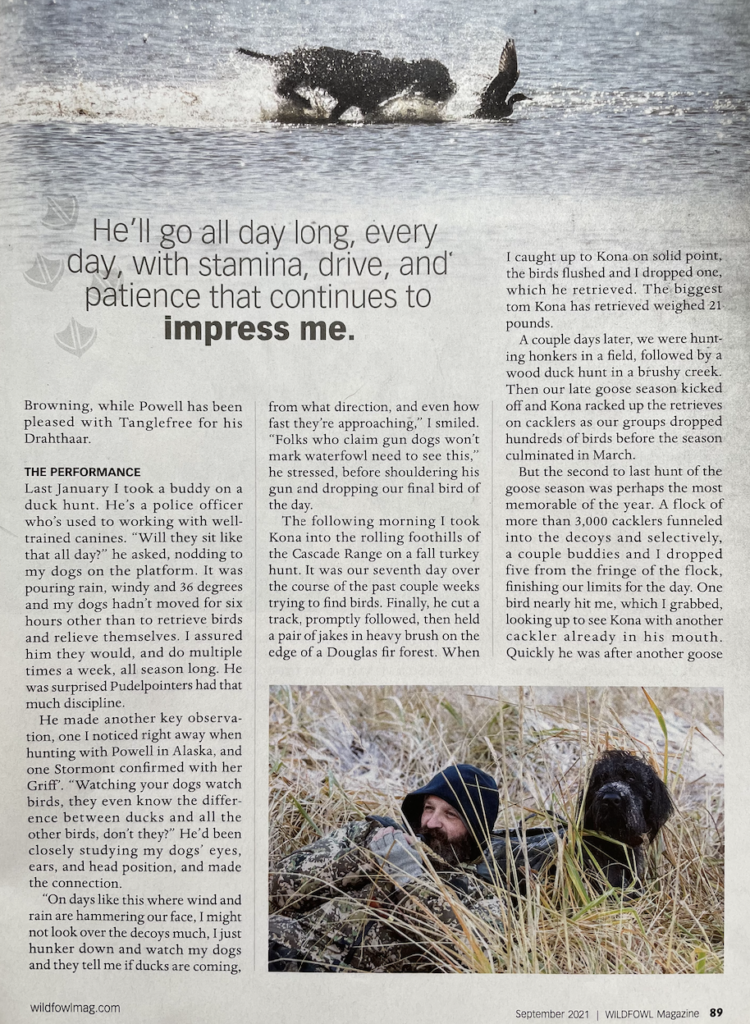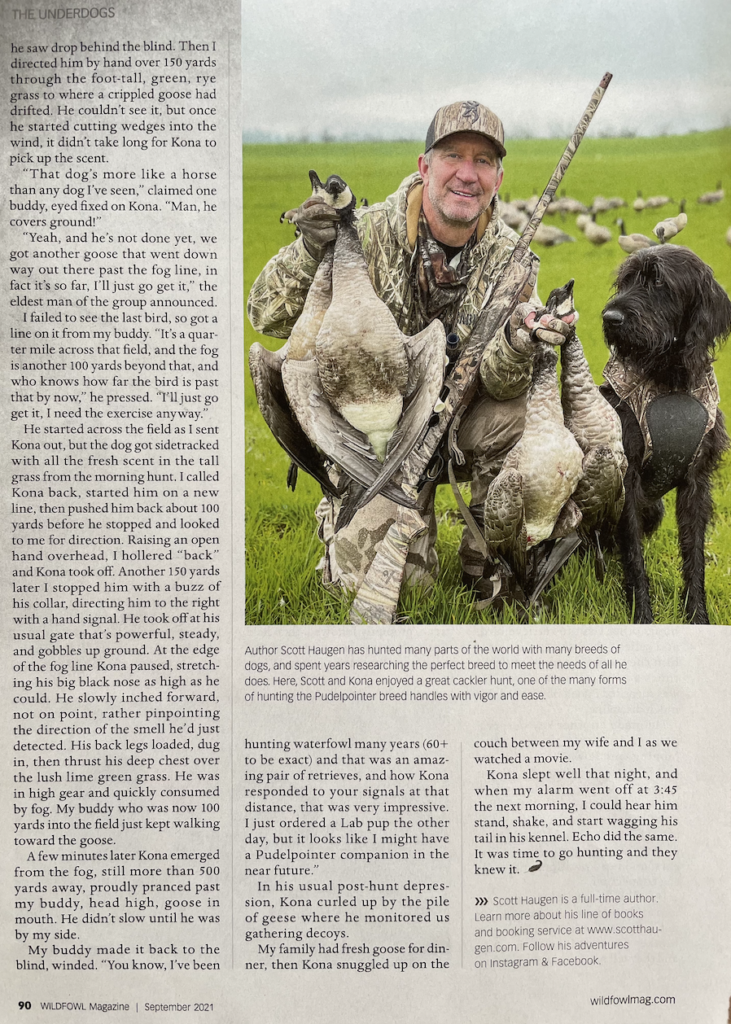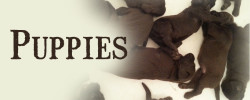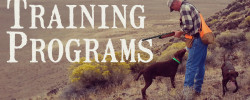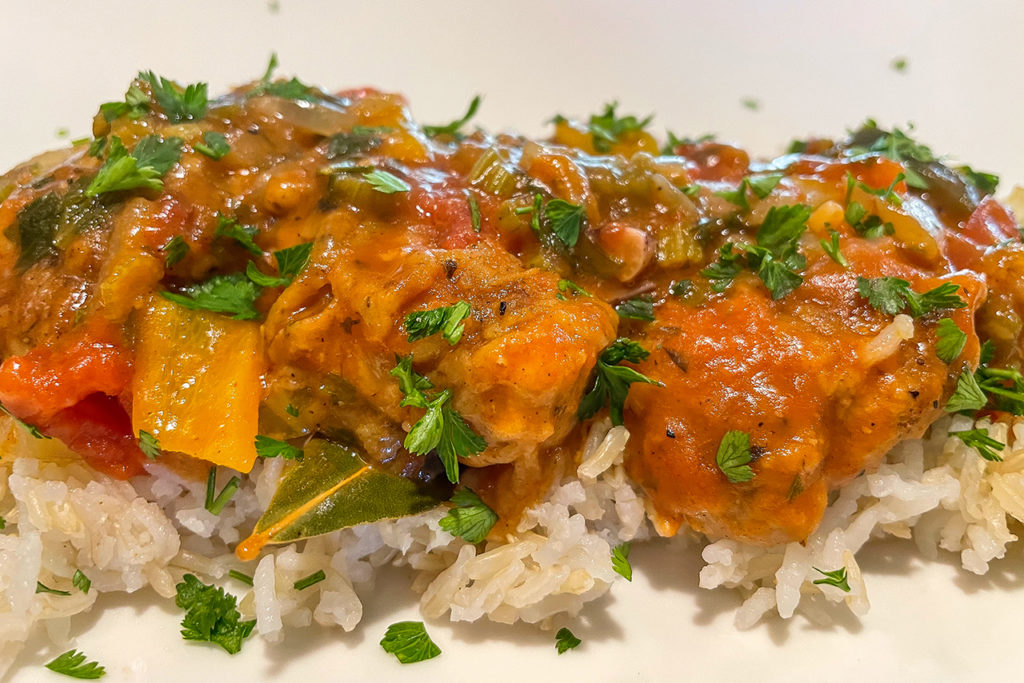
Whether using game bird bone-in pieces, breasts, or legs and thighs, this recipe is versatile enough for any cuts. Stove-top, pressure cooker, or a slow cooker can be used to cook the birds with equally delicious outcomes.
This is a great recipe that works well with tender grouse, ptarmigan, pheasant, chukar or wild turkey, be they fresh or frozen. Just make sure to clean out any bloodshot and bruised flesh prior to cooking in order to optimize the quality of the end product.
1 pound grouse breasts
1/3 cup flour
1 teaspoon paprika
1/2 teaspoon salt
1/2 teaspoon black pepper
1/2 teaspoon ground oregano
1/2 teaspoon thyme
2 tablespoons butter
2 tablespoons olive oil
1 onion, thinly sliced
1 jalapeño pepper, chopped
1/2 bell pepper, chopped
1/2 cup celery, chopped
3 cloves garlic, minced
1 14.5 ounce can diced tomatoes
1/2 cup water
3 tablespoons ketchup
2 bay leaves
1 sprig fresh rosemary
Fresh parsley for garnish
In a shallow dish, mix flour, paprika, salt, pepper, oregano, and thyme until mixed thoroughly. Dredge bird breasts in flour mixture, coating completely. In a large skillet, heat butter and oil on medium high heat. Fry coated bird breasts until golden brown on both sides. Remove from skillet. Add more olive oil if needed and sauté onion, peppers, celery and garlic until softened. Sprinkle in the remaining seasoned flour and add diced tomatoes and water. Bring to a boil, whisking to smooth until thickened. Add ketchup and return browned game bird and onion mixture to the pan, mixing gently. Add bay leaves and rosemary and lower heat to a simmer. Cover and cook until game bird reaches desired doneness, 15-20 minutes. Serve over rice with fresh parsley.
